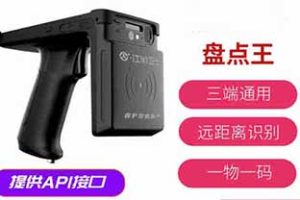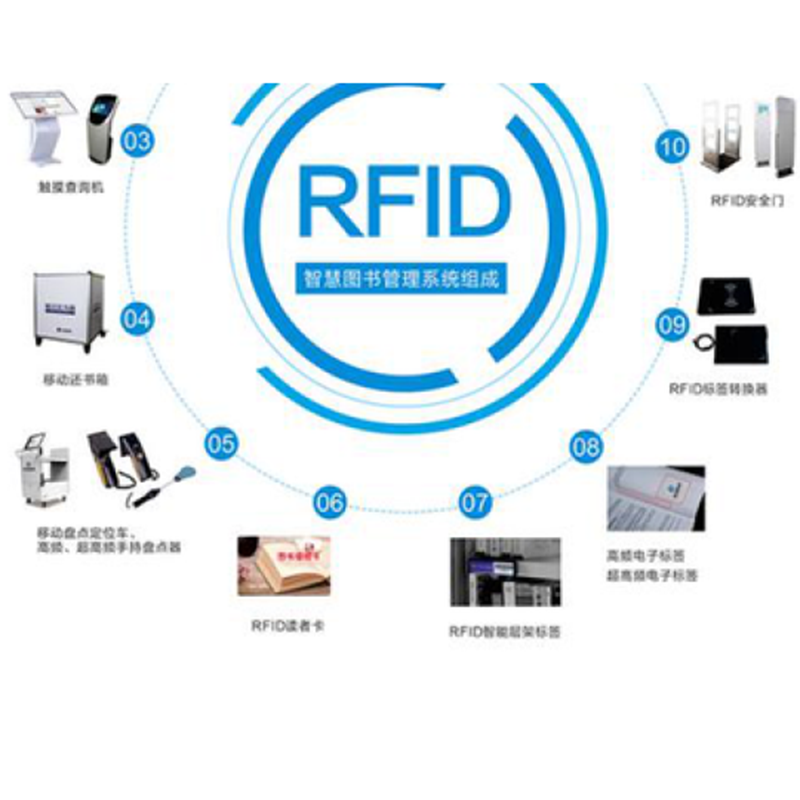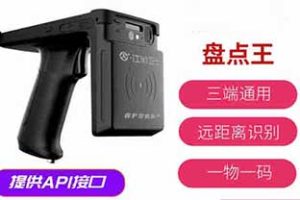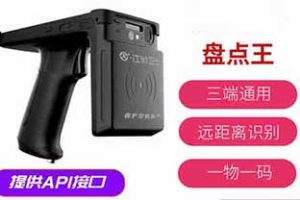Industrial RFID reader/writer high-frequency or ultra-high frequency 123

Nowadays, RFID technology is one of the commonly used methods for information collection and transmission in industrial applications. According to the frequency band, RFID technology can generally be divided into low frequency, high frequency, and ultra-high frequency. So, how to choose a suitable industrial RFID reader? Is it choosing low frequency? Or high frequency? Or ultra-high frequency?
Let’s talk about how to choose between high-frequency or ultra-high frequency industrial readers. When choosing industrial RFID readers, in addition to having a deep understanding of high-frequency and ultra-high frequency industrial readers, understanding the advantages, disadvantages, and characteristics of high-frequency and ultra-high frequency products, the following key factors should also be considered, such as tag type, reading distance, environmental conditions, safety, and cost.

Industrial RFID reader/writer high-frequency or ultra-high frequency 123
RFID reader/writer industrial RFID reader/writer high-frequency or ultra-high frequency 123 high-frequency RFID industrial reader/writer high-frequency RFID industrial reader/writer uses a frequency of 13.56MHz, with a reading distance mostly within 1 meter, and has good resistance to metal and liquid interference. High frequency RFID tags have high data storage capacity and can store more information. Ultra high frequency RFID industrial readers use a frequency of 860-960MHz, with a long reading distance. Ultra high frequency RFID tags have high reading speed and data storage capacity. In industrial environments, ultra high frequency RFID industrial readers are commonly used in logistics and inventory management, production line automation, item tracking, and other applications that require fast and long-distance reading. How to choose between high-frequency industrial readers and ultra-high frequency industrial readers?
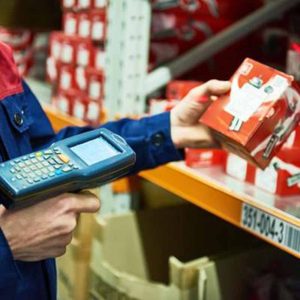
1. Considering that the reading distance and frequency of RFID industrial readers may affect the quality and stability of reading and writing, the selection of industrial readers should take into account the distance of item recognition. For applications that require close recognition distance, high-frequency industrial readers can be used; For applications that require recognition over a long distance, ultra-high frequency industrial readers are chosen. The typical operating frequency of high-frequency industrial readers is 13.56MHz. When exchanging data between tags and readers, the tags must be located within the near-field area radiated by the reader antenna. The reading distance of high-frequency tags is generally less than 1 meter. The operating frequency of ultra-high frequency industrial readers is between 860MHz and 960MHz. During operation, the RF tag is located in the far-field region of the reader antenna radiation field, and the coupling between the tag and the reader is electromagnetic coupling. The reading distance of ultra-high frequency is generally 4-6 meters, with a maximum of over 10 meters.
Industrial RFID readers with high frequency or ultra-high frequency 123 2. Considering application scenarios, choose industrial readers with different frequency bands according to different application scenarios. For example, in the application scenario of AGV unmanned handling small station point recognition, it is more common to choose high-frequency industrial readers; It is common to choose ultra-high frequency industrial readers when collecting production data quickly and in batches on the production line.
Industrial RFID reader/writer high-frequency or ultra-high frequency 123
3. Both high-frequency and ultra-high frequency signal interference depend on the communication environment between the reader and tag, but the near-field induction coupling of high-frequency technology reduces potential wireless interference, so the impact of environmental noise and electromagnetic interference on high-frequency readers is relatively small. Ultra high frequency uses the principle of electromagnetic emission, making it more susceptible to electromagnetic interference. Meanwhile, metals can reflect signals, while water can absorb signals, both of which can interfere with the normal function of the tag. When choosing an industrial RFID reader, it is necessary to consider the actual application scenario comprehensively. If you need to track items at a long distance or use them in complex environments, ultra-high frequency industrial readers may be a better choice; If high data storage capacity or high interference requirements are needed, high-frequency industrial readers may be more suitable.
Industrial RFID readers with high frequency or ultra-high frequency 123 are welcome to contact new and old customers for inquiries. We support small batch and customized appearance. We will provide you with 1V1 technical consulting services for free! We have a research and development center of over 3000 square meters in the Shenzhen Guangming Pilot Industrial Base. Our research and development center has 12+laboratories. We welcome new and old customers to call us for consultation. Our company supports small batch customization and packaging design. We have strong research and development capabilities and are a trusted manufacturer. Please feel free to call or contact us sales@molddl.com Consultation, please contact us for free samples!
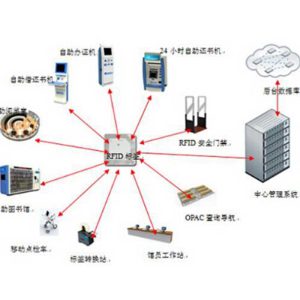
This article is included in Baidu Wenku. Our company supports small batch customization, packaging design, and contract processing

